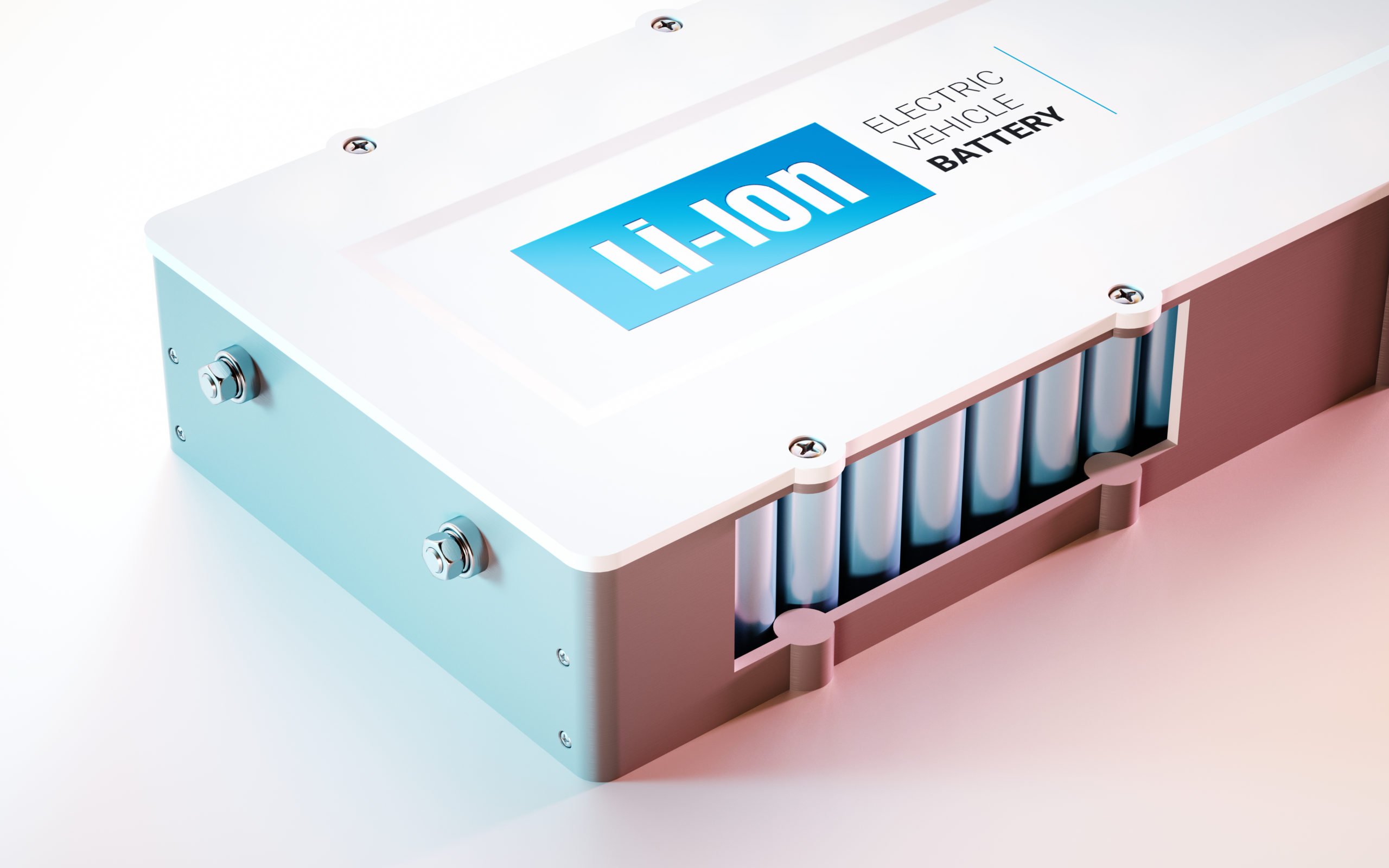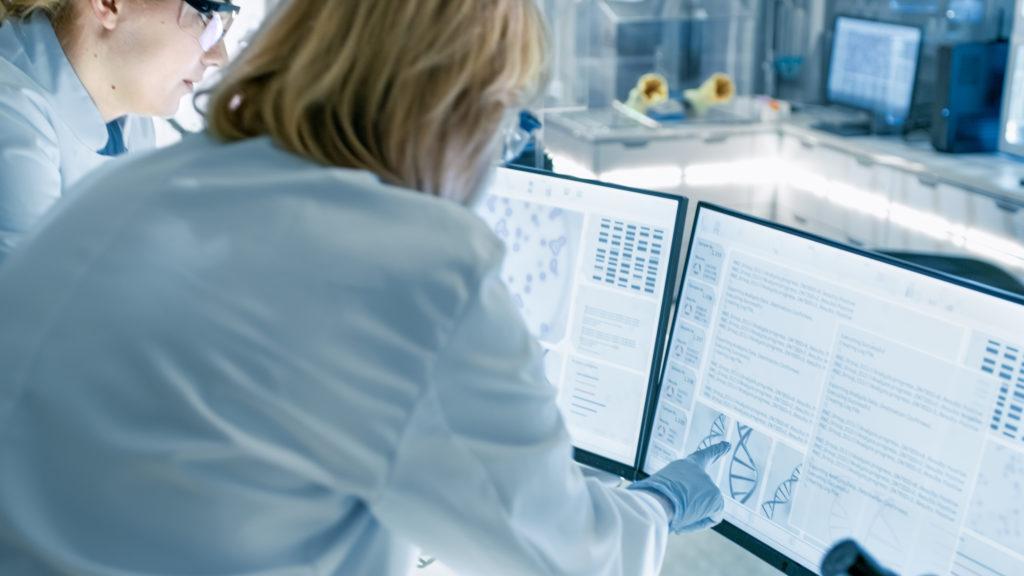
The news this week that Jaguar will become an all-electric car brand from 2025 is yet another landmark in the shift from fossil fuels to renewable energy. The cost of electric vehicles (EVs) is expected to reach parity with internal combustion engine vehicles by 2023, and UBS has projected that they will make up almost 50% of new car sales by 2030. While we may not yet know how the EVs rolling off Jaguar’s production lines will look a decade from now, it is a safe bet that they will run on lithium-ion batteries (LIBs).
LIBs are a relative newcomer to the market, with the first patent application filed in 1976 and the first consumer products appearing in the early 1990s. Prior to the emergence of Li-ion technology, the only rechargeable batteries widely used by consumers were the heavy lead-acid accumulators found in car engines and the NiCad batteries which offered portability but lacked the power needed for modern electronics. Compared to their predecessors, LIBs provided a powerful energy source in a lightweight package, due in particular to the low atomic weight of lithium, the use of lightweight carbon electrodes, and high cell voltage.
With LIBs as the power source, electronic devices became smaller and more powerful, sparking a revolution in portable consumer electronics over the past two decades. LIBs are now ubiquitous in smartphones, laptops, smartwatches, headphones and a wide array of other devices that are a fixture of modern life.
Having been at the forefront of one consumer revolution, LIBs are now set to play a fundamental part in another as the automotive industry looks to phase out the internal combustion engine in favour of the fully electric car. The power demands of a smartphone pale in comparison to the power required by a passenger EV. The growth in electric vehicles is therefore projected to drive a massive expansion in the LIB market over the next decade. UBS estimates that by 2030, the total demand for LIB capacity will increase to 2700 GWh per year, a ten-fold increase from the current level, and equivalent battery capacity to around 200 billion smartphones.
It should come as no surprise that a growing market for LIBs has led to significant growth in patenting activity. In a report published last year, the European Patent Office reported that more than 7000 international patent families relating to energy storage were published in 2018, compared to just over 1000 in the year 2000. This corresponds to an annual growth rate of 14%, compared with an average of 3.5% across all technology areas. Within this overall growth, the number of patent applications relating to LIB technology outnumbers other battery chemistries by more than seven-to-one. The target applications of LIBs also show a clear trend, with patent publications targeting the EV market overtaking portable electronics in 2011 and showing accelerated growth since then.
Innovation at the cell level of LIBs aims primarily at improving gravimetric and volumetric energy density (the amount of energy that can be stored per unit mass or volume), capacity retention over multiple charging and discharging cycles, and speed of charging. There are three core components of a lithium-ion battery that influence these properties; the cathode, the anode, and the electrolyte.
Most of the early gains have resulted from intensive development of cathode materials. Early lithium-ion batteries used lithium cobalt oxide (LCO) cathodes. However, the demand for improved power output and charge/discharge speed for EVs has seen lithium nickel manganese cobalt oxide (NMC) come to the fore, with a 400% rise in patenting activity over the 10 years to 2018. Lithium nickel cobalt aluminium oxide (NCA) is another cathode material that is receiving increasing attention, with the potential to overtake NMC in the near future. The anode presents a more challenging area for development. Anode capacity in conventional lithium-ion batteries is limited by the specific capacity of graphite, at around 400 mAh/g. Other materials have much higher capacities, up to 4400 mAh/g in the case of silicon, but with high capacity come serious problems of cycling stability. The development of silicon-containing materials that are sufficiently durable for use in commercial lithium-ion batteries is an area that has seen significant growth, with over 240 international patent families published in 2018, compared to only 19 in the year 2000. In terms of the electrolyte, the focus is on improvements and alternatives to the liquid and polymer gel electrolytes used in current LIBs, with solid-state electrolytes now becoming an important area of research and development.
Looking ahead, the growth in clean grid energy will require significant investment in stationary energy storage. Conventional electricity generation can be controlled to match peak demand, but renewable energy is less predictable – the sun doesn’t always shine and a wind farm generates no electricity on a still day. Energy storage will therefore be an essential feature of any clean energy strategy. Here again, the lithium-ion battery is at the forefront, with LIB farms that are capable of powering thousands of homes already proving their value as an important part of electricity grid management.
The importance of a robust IP strategy for companies working in this sector cannot be overstated. In such a crowded patent landscape, the ability to identify, protect and defend innovations is of fundamental importance to any company wishing to exploit the commercial potential of the energy storage sector over the coming decades. The multidisciplinary team at GJE has significant depth of experience in protecting LIBs and other battery chemistries, as well as related battery technologies such as materials science, engineering and electronics. Our market leading EPO oppositions practice is also ready to assist companies in the energy storage sector who are looking to clear a path to the market or to defend their European patent portfolio from third party challenges.
If you would like more information on protecting LIBs, and other battery types, or have any question in relation to the matters discussed in this article, please find my contact details on my website profile here or contact us at gje@gje.com.

